
6 HIDDEN BENEFITS OF BOTOX THAT WILL SURPRISE YOU
When you think about Botox injections, what are the first characteristics that come to mind? Most likely, you think of firming up the skin or plumping away fine lines and wrinkles, but this is really just the foundation for the real story.
Injectables like Botox can also provide immeasurable benefits to health, wellness, and appearance that go far beyond the signs of aging. Curious? We’ll tell you about them right here.
1. LIMITING MIGRAINE FLARES
Do you struggle with migraine headaches? Nearly 38 million people report having at least one migraine every few months. 2 to 3 million report their migraines as chronic, meaning they experience one or more every single month.
Migraines are no joke – they can literally disable you for days at a time if they are severe. But not everyone wants to take medication or spend days of time in bed recovering. Botox can help.
Studies show that FDA-approved Botox can help to reduce symptoms when injected at critical nerve bundle points around the scalp and face. Most researchers believe results come from a combined effect of relaxing localized muscles and gently numbing effects last around three months for most patients, but some people see a full cure!
2. TREATING STRABISMUS AND BLEPHAROSPASM
Strabismus (crossed or “lazy” eyes) is a congenital condition that causes the eyes to become crossed. It can affect a single eye (often referred to as lazy eye) or both eyes and is often present from birth. While the condition isn’t necessarily risky or harmful, it can significantly impact vision. Patients suffering from strabismus may also struggle with positive self-image and confidence.
Blepharospasm is a muscle spasm that occurs to the area directly above or below the eye – an eyelid twitch, for example. Most of us have experienced these symptoms at some point, but patients who are diagnosed with blepharospasm specifically experience twitching almost all the time.
Both of these conditions stem from poor neuromuscular control. A spasm is quite literally a muscle contraction; in a normal, healthy adult, spasms self-resolve after you stretch or rest. In patients with strabismus or blepharospasm, the muscle remains locked despite efforts to relax it.
Botox has been shown to relieve these symptoms due to its impact on muscle tissue. As a neurotoxin and mild paralytic, it triggers small muscle groups (like the muscles around your eyes) to relax. It can make a significant difference in patients who have tried, and failed, in using other methods (like oral muscle relaxants).
3. RELIEVING AN OVERACTIVE BLADDER
Overactive bladder (OAB) affects an estimated 30 percent of all men and women over the age of 40 in the United States. It can also happen to women who are pregnant, women who have been pregnant, and anyone who has had a complete hysterectomy (often in tandem with pelvic floor dysfunction).
OAB causes patients to feel a constant urge to urinate, even if all they can produce is a few drops. In some patients, it can increase urination to the point at which it becomes difficult to get any sleep or enjoy life.
Contrary to popular belief, OAB isn’t caused by muscle issues in and around the bladder – at least not directly, anyway. Instead, it’s a neuropathic issue involving nerve dysfunction in and around the bladder. This, in turn, triggers the muscles to spasm painfully, pushing urine to the entrance of the urethra.
Botox benefits OAB patients for the same reasons it helps with strabismus: it signals small muscle groups to relax. It’s so effective that Botox now even makes a specific product to treat this issue!
4. TREATING HYPERHIDROSIS
There’s nothing like a first date or an interview to make you sweat. This is normal, but if you sweat all the time excessively, you may be suffering from hyperhidrosis.
Hyperhidrosis occurs when sweat glands become overactive. It most often impacts the hands, armpits, or feet, but may also cause problems with other areas of the body, too, such as the groin or forehead.
In this case, Botox doesn’t work by affecting muscles or nerves. Instead, it inhibits the body’s ability to produce localized hormones that tell sweat glands to release more sweat. It just might help you shake hands and make a better first impression!
5. REDUCING PELVIC FLOOR DYSFUNCTION
The pelvic floor is remarkably important, especially to anyone with a uterus and cervix. It’s directly responsible for holding these internal organs in place!
But that’s not all this wonderful system can do. Without a strong pelvic floor, you cannot maintain a strong core. Your core and your pelvic floor are, in fact, integral to one another, and a failure in one zone will often cause issues in the other.
To complicate matters even further, pelvic floor dysfunction can also lead to serious issues like pelvic organ prolapse or urinary and fecal incontinence. This is far more common in women over the age of 60 and/or women who have had multiple vaginal births, but it can sometimes occur spontaneously, too.
And the issue isn’t even really that uncommon; the National Institute of Health estimates that nearly 25 percent of all American women will be affected.
So what causes this type of issue? It depends on the person. Dysfunction may be caused by lax or damaged muscles, but it can also be caused by pelvic floor muscle spasms – or even a combination of both.
Botox can help the great many patients who experience this type of dysfunction in two distinct ways: by lightly paralyzing muscles and nerve bundles, thereby reducing chronic pain, and by relaxing spasming muscles. The University of Michigan reports that nearly 50 percent of patients who choose this option see immediate results.
6. USING BOTOX FOR DEPRESSION IN EXPERIMENTAL TREATMENTS
Although it isn’t yet approved for use by the FDA, Botox is currently being used in experimental treatments to evaluate whether it can improve mood.
A study from 2014 showed researchers that around half of all depression patients saw a reduction in their symptoms after they received Botox – and they weren’t necessarily getting injections for their mood. Many were just using it to resolve standard concerns, like fine lines and wrinkles.
It’s difficult to know if mood improvement stems from feeling more confident in a patient’s appearance after Botox or from the treatment itself. Still, given that only 15 percent of placebo patients in the same study reported feeling less depressed, there is clearly a correlation between the two.
This might become a viable option in the near future!
 None
None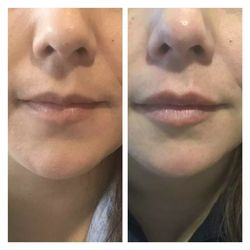 None
None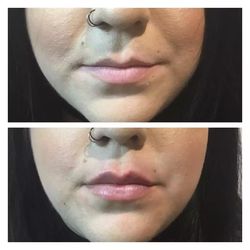 None
None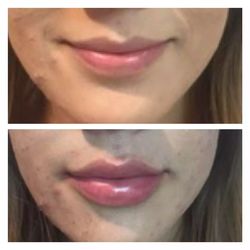 None
None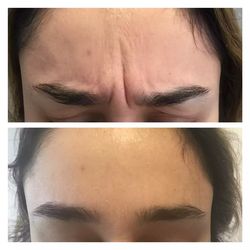 None
None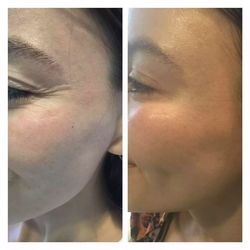 None
None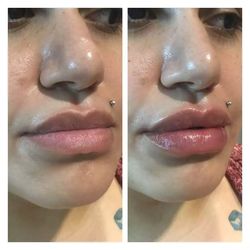 None
None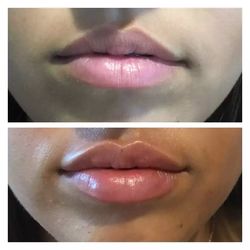 None
None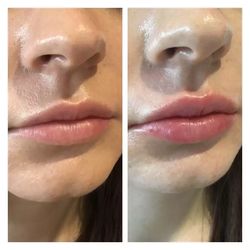 None
None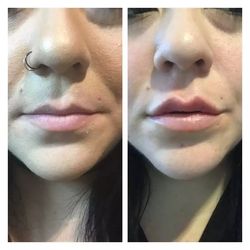 None
None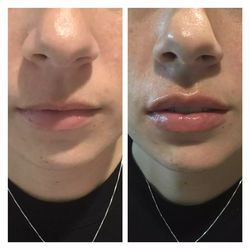 None
None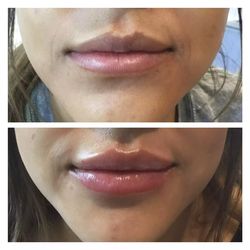 None
None None
None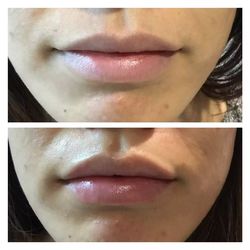 None
None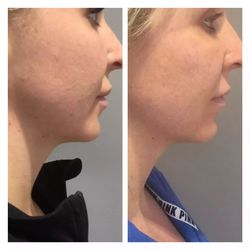 None
None None
None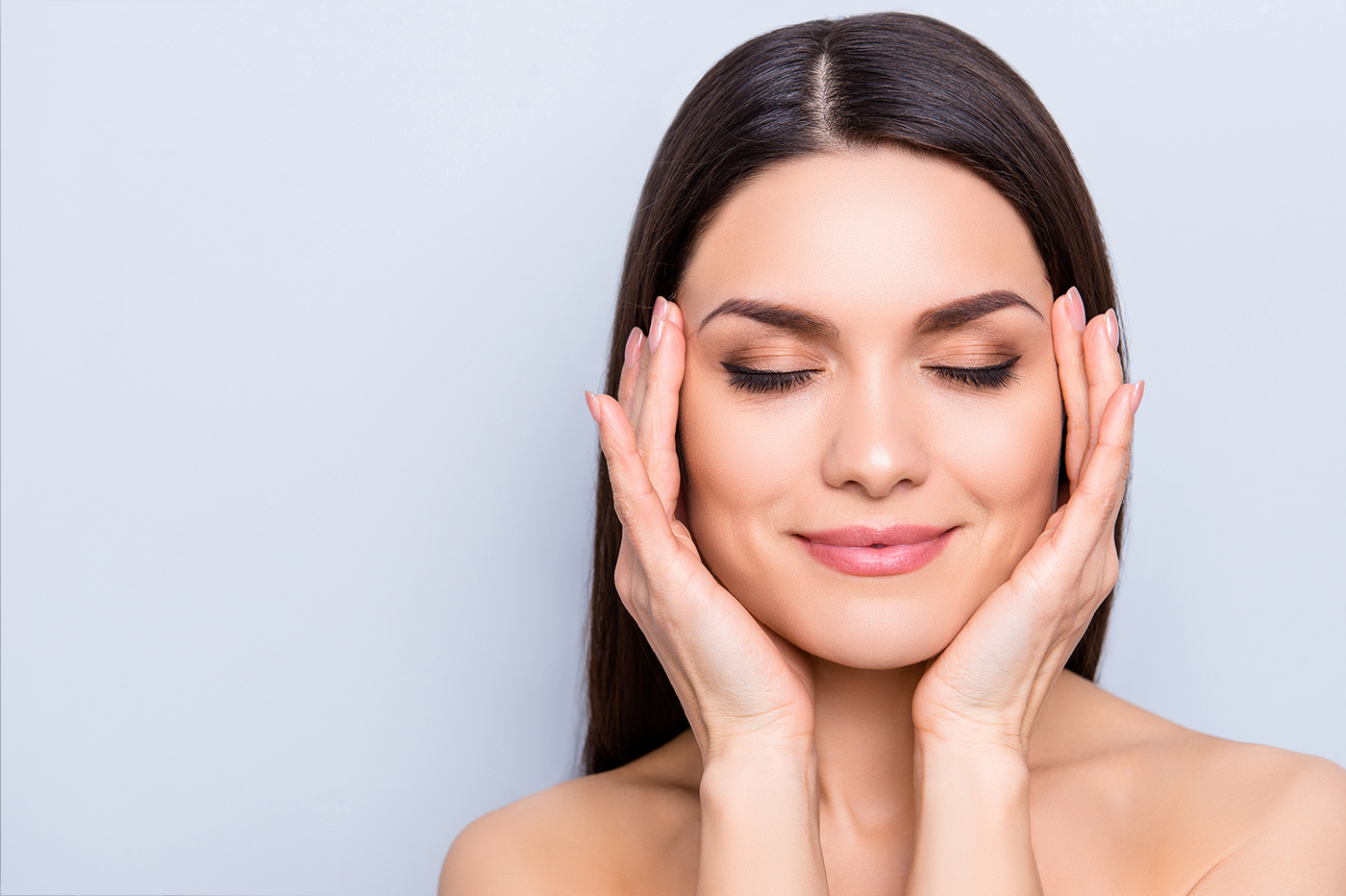
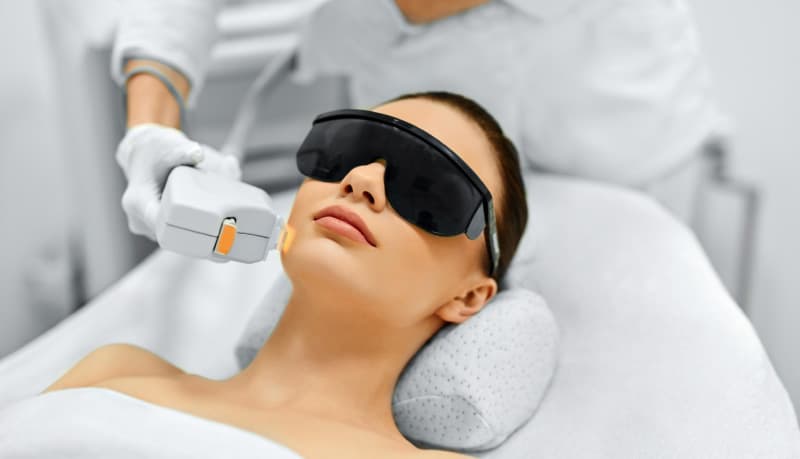


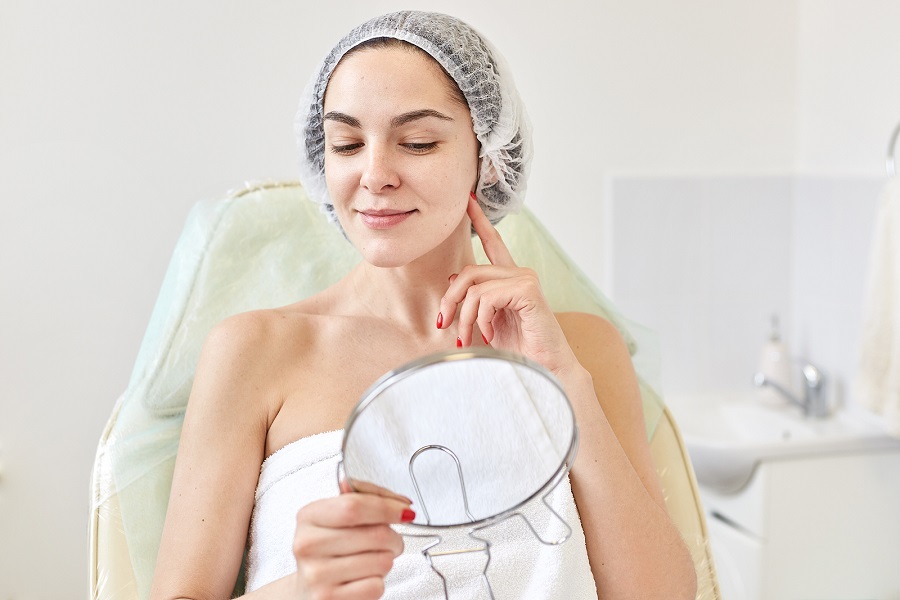






0 comments